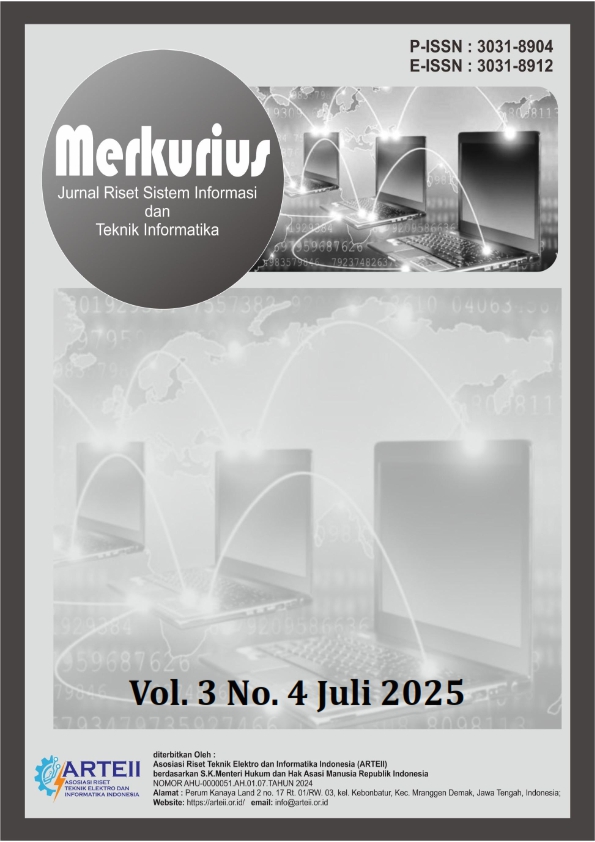Analisis Efektivitas Konsep Polimorfisme dalam Menyederhanakan Desain Perangkat Lunak
DOI:
https://doi.org/10.61132/merkurius.v3i4.928Keywords:
Object-Oriented-Programming, Polymorphism, Software-Design, OOP, Efficient-CodeAbstract
Object-Oriented Programming (OOP) is a programming paradigm that emphasizes the use of objects and classes to build modular and maintainable software. One of the fundamental concepts in OOP is polymorphism, which is the ability of objects from different classes to respond to the same method in different ways. This study aims to analyze the effectiveness of the polymorphism concept in directing software design in terms of code structure, development utility, and maintenance efficiency. The research method used is a literature study and program code simulation using a procedural approach compared to an object-oriented approach that applies runtime polymorphism. The results of the analysis show that the use of polymorphism can significantly reduce the number of lines of code, logical structure traffic, and facilitate feature expansion without the need to change existing code. Thus, polymorphism has proven effective in improving readability, reusability, and scalability of software design.
References
Albahari, J., & Albahari, B. (2022). C# 10 in a nutshell: The definitive reference (1st ed.). O'Reilly Media.
Booch, G. (2007). Object-oriented analysis and design with applications (3rd ed.). Addison-Wesley.
Deitel, P. J., & Deitel, H. M. (2017). Java: How to program (10th ed.). Pearson Education.
Fowler, M. (2004). UML distilled: A brief guide to the standard object modeling language (3rd ed.). Addison-Wesley.
Gamma, E., Helm, R., Johnson, R., & Vlissides, J. (1994). Design patterns: Elements of reusable object-oriented software. Addison-Wesley.
Larman, C. (2012). Applying UML and patterns: An introduction to object-oriented analysis and design and iterative development (3rd ed.). Prentice Hall.
Martin, R. C. (2003). Agile software development: Principles, patterns, and practices. Prentice Hall.
Oracle. (2023). The Java™ Tutorials. Oracle. https://docs.oracle.com/javase/tutorial/
Patil, A., & Kulkarni, D. (2021). A comparative study of static and dynamic polymorphism in object-oriented programming. International Journal of Computer Applications, 183(25), 1–6. https://doi.org/10.5120/ijca2021921182
Pressman, R. S. (2015). Software engineering: A practitioner’s approach (8th ed.). McGraw-Hill Education.
Sharma, R., & Kaur, A. (2019). Role of polymorphism in software development using OOP. International Journal of Advanced Research in Computer Science, 10(4), 54–58. https://doi.org/10.26483/ijarcs.v10i4.6460
Sommerville, I. (2020). Software engineering (10th ed.). Pearson Education.
Downloads
Published
How to Cite
Issue
Section
License
Copyright (c) 2025 Merkurius : Jurnal Riset Sistem Informasi dan Teknik Informatika

This work is licensed under a Creative Commons Attribution-ShareAlike 4.0 International License.





